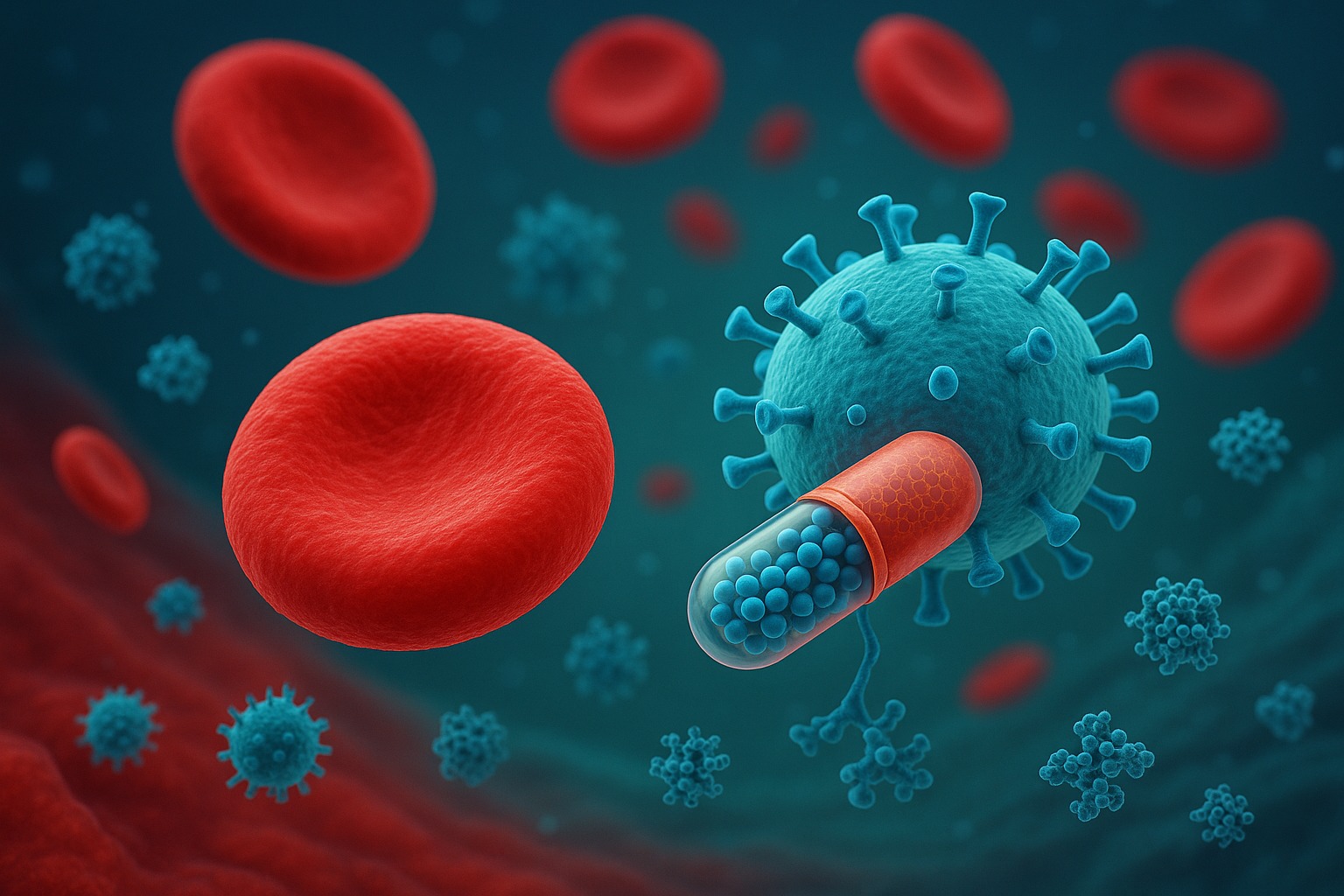What Is Nanomedicine?
Nanomedicine involves using nanoscale materials typically under 100 nm for diagnosis, treatment, monitoring, and control of biological systems. It enables drug delivery with high precision, reduced toxicity, and enhanced bioavailability, offering solutions to many limitations of conventional therapeutics.
Current Landscape in India
India’s nanomedicine journey is gaining momentum, though still in its formative stage. Research institutions such as IISc Bangalore and IIT Bombay have pioneered significant innovations. For example, IISc’s oral insulin nanoparticle delivery system promises to eliminate daily injections for diabetics.
Companies like Sun Pharma and Cipla have developed nano-formulations of chemotherapy agents to minimize side effects. Startups like Yostra Labs use nano-enabled technologies for diabetic foot diagnosis, showing nanomedicine’s reach beyond drug delivery.
Applications in Disease Management
- Cancer: Nanocarriers like liposomes and polymeric nanoparticles are being tested to deliver chemotherapy drugs more effectively.
- Tuberculosis: CSIR’s Nano-DDS project developed nano-based anti-TB drug delivery to reduce treatment duration.
- Diabetes: Oral insulin research from IISc and Amrita Vishwa Vidyapeetham is promising for non-invasive diabetes management.
Major Challenges
- Regulatory Conducts: India lacks a nanomedicine-specific regulatory framework. The CDSCO uses general drug approval guidelines, slowing nano-drug approvals.
- High R&D Cost: Infrastructure for nanofabrication and clinical testing is expensive and scarce.
- Talent Gap: Few professionals are trained in interdisciplinary nanomedicine fields, causing a skills bottleneck.
The Way Forward
- Policy Reform: Establishing nano-specific regulations, as seen in the US FDA’s Nanotechnology Task Force, could streamline approvals.
- Public-Private Collaboration: Expanding programs like BIRAC BIG and NMITLI (CSIR) can fund translational research.
- Education & Skilling: Introducing nanomedicine courses in pharma and engineering institutes can build future talent.
Conclusion
To catalyze growth, India must establish clear nano-pharma regulatory guidelines, possibly modeled on FDA or EMA nanomedicine frameworks. Initiatives like BIRAC’s Biotechnology Ignition Grant (BIG) are already helping nano-biotech startups scale early-stage ideas. Expanding such schemes and promoting academia-industry collaborations, such as those seen in the NMITLI program (CSIR), can fast-track innovation. The integration of nanomedicine with AI for precision diagnostics, particularly in rural healthcare delivery, presents a massive untapped opportunity.





